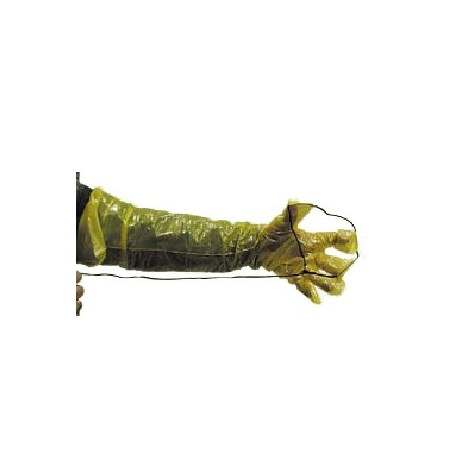Improving survival is a continuous objective in swine breeding. The aim of this study was to record 22 blood variables and BW gain on the first day of life in Landrace-Yorkshire-Duroc crossbred piglets and to find associations between these variables and survival at weaning. All live piglets from 18 litters were weighed and blood sampled at birth and on d 1 and were monitored to weaning at the age of 5 wk.
A total of 261 piglets were born, of which 8.8% were stillborn. Additionally, 15.1% died before weaning. The blood variables glucose, immunoglobulins, and white blood cells increased from birth to d 1 (P < 0.001), whereas a1- and ß1-globulin, red blood cells, hemoglobin, and hematocrit decreased (P < 0.001). At birth, concentrations of lactate (P = 0.004), pH (P = 0.007), red blood cells (P = 0.017), hemoglobin (P = 0.018), and hematocrit (P = 0.052) were associated with survival to weaning. Also, concentrations of lactate increased (P = 0.030) and pH decreased (P < 0.001) when piglets were born in the last third of a litter. On d 1, concentrations of glucose (P = 0.015), hemoglobin (P = 0.025), and BW gain (P = 0.001) were all decreased in piglets that did not survive to weaning. Body weight gain also decreased (P = 0.005) when piglets were born in the last third of a litter. Concentrations of IgG on d 1 was not associated with survival at weaning (P = 0.230) but decreased (P < 0.001) when piglets were born in the last third of a litter.

We conclude that several blood variables recorded at birth and on d 1 and BW gain on d 1 were highly associated with survival at weaning and that piglets born in the last third of the litter had less favorable vitality.
V. Rootwelt, O. Reksen, W. Farstad and T. Framstad. Blood variables and body weight gain on the first day of life in crossbred pigs and importance for survival. J ANIM SCI April 2012 vol. 90 no. 4 1134-1141.
http://dx.doi.org/10.2527/jas.2011-4435





